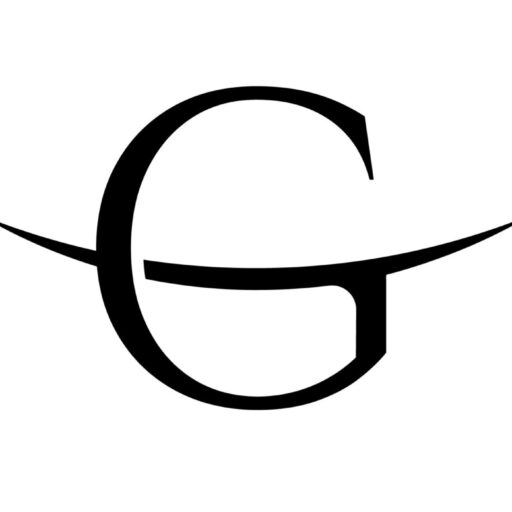Our Advice
For better wound healing and to avoid unwanted situations, please follow the instructions below
The cotton ball or gauze placed on the wound, hold it in this position, biting it, for 30 minutes. If bleeding continues, reinsert for another 60 minutes. To minimize further bleeding, avoid exercise and sit upright.
- If the bleeding persists for more than 24 hours, the patient must come to the doctor's office
- If edema (swelling) occurs in the wound area after extraction, it is recommended to apply an ice pack outside the mouth for an hour. After 36 hours, the ice no longer has an effect. In case of jaw stiffness, do not worry, it is a normal reaction after tooth extraction surgery.
- To prevent pain, the patient will need to take a pain reliever before the operation (not aspirin) and if after the operation the pain continues, the dose is repeated after 4 hours. Antibiotics are taken if recommended by the dentist
- Try to eat only soft foods that are warm, cold and not hot and hard. At the same time, avoid chewing on the extraction side. Chewing will need to be done in the next three 24 hours on the opposite side of the extraction.
Patients who are smokers are advised to refrain from smoking for at least 12 hours after extraction.
- Avoid rinsing your mouth with water or various antiseptics. This increases bleeding and delays healing. After the first 24 hours, rinse with salt water, 3 times a day for 4-5 days and clean the teeth normally with gentle movements
- In patients using dentures, it is advisable not to place them for 24 hours after extraction
- In complex extractions, other temporary complications such as numbness of the lip, numbness of the tongue, fever, pain when swallowing, temporary difficulty opening the mouth, etc., may occur, for which you were informed before the extraction. If the symptoms persist, contact your dentist
- Sutures (which are not self-absorbable) are usually removed 7 days after extraction.
To maintain the longevity and the excellent aesthetic result of teeth whitening over time, you need to remember certain rules:
- Brush with a soft toothbrush and whitening toothpaste at least twice a day. Floss at least once a day, preferably before bedtime.
- Avoid eating foods with colouring. Try to minimize the use of cigarettes, cigars, red wine, coffee, tea, chamomile, cola, soy sauce, grapefruit juice, cherry, strawberry, blueberry, beetroot, stewed meat, chocolate. Cleaning your teeth daily usually removes the pigments.
- If the use of a mouthwash is required, use a solution that does not contain chlorhexidine.
- If you feel any sensitivity, you can take analgesic tablets (paracetamol), one every 4 or 6 hours. and to avoid the consumption of frozen foods and drinks in the first days.
- Do not skip semi-annual cleanings in the practice to regularly remove tartar and pigments.
The treatment itself is painless. However, between visits it is possible to experience certain discomforts that may be due to:
- in irritation of the space around the tooth, due to the manipulations required during the treatment
- in a revival of an old infection, which had previously existed, but was in remission. These discomforts vary and can be a simple sensitivity of the tooth when chewing, a feeling of heaviness or less often swelling of the area and pain.
In this case, follow the instructions below:
- If you are in pain you can take pain reliever tablets, one every 4 hours or 6 hours.
- It is best not to chew on this side for the first few days.
- If you notice the appearance of swelling, apply ice wrapped in a towel to the area externally (on the skin), keep it there for 5 – 10 minutes and repeat every 1 – 2 hours.
- Complete the treatment with warm mouth rinses in between.
- Do not hesitate to call us for anything you deem necessary. The symptoms that are likely to appear between visits are not worrying for the fate of the tooth, nor do they affect the final result of the treatment.
Usually when we talk about porcelain veneers and smile we refer to the anterior teeth of the upper jaw, because these teeth are primarily visible when we speak or smile. We usually intervene on the six anterior teeth but this always depends on many factors (e.g. extent of the smile).


